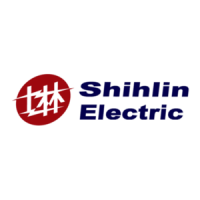128
Speed integral gain (VIC)
This parameter is to eliminate stationary deviation against a command. The smaller it is, the better
capability for the drive to eliminate stationary deviation. However, the machine with a large load
inertia ratio or any vibration causing, the small value would cause vibration easily.
3000~5000
VIC setting value(ms)
VG1 setting value / 1+ GD1 setting value 0.1
Resonance suppression low-pass filter (NLP)
The larger the load inertia ratio is, the lower the system bandwidth is. To keep a relatively high
bandwidth, a higher gain value may be required. Also the probability of resonance for the same
machine would be increased. Thus the resonance suppression low-pass filter could be applied to
eliminate the resonance. The higher setting value affords a better improvement about high
frequency noises. Also a too large value could probably cause the entire system to be instable. It
is because the higher setting value cause a larger phase lags of the servo drive.
3000~5000
VIC setting value(ms)
VG1 setting value / 1+ GD1 setting value 0.1
Position feed-forward gain (FFC)
To reduce the position error and position settling time, but if the value is set too large, a sudden
acceleration or deceleration may cause overshoots. Also, a too large electronic gear ratio would
cause noises.
Speed feed-forward gain (VFG)
To set the proper gain value would reduce the tracking time of speed command. Also, a too big
value would cause overshoots during the sudden acceleration/deceleration command.
6.4. Interpolation mode
This mode is suitable for the occasion where 2 or more axes are controlled synchronously. Only
PB07 (PG1) needs to be input manually, other gain parameters are estimated automatically. Increasing
the PB07 will reduce the tracking time or settling time. Also, a too big value would cause overshoots or
vibration. Please refer to the previous section to calculate the PB07.

